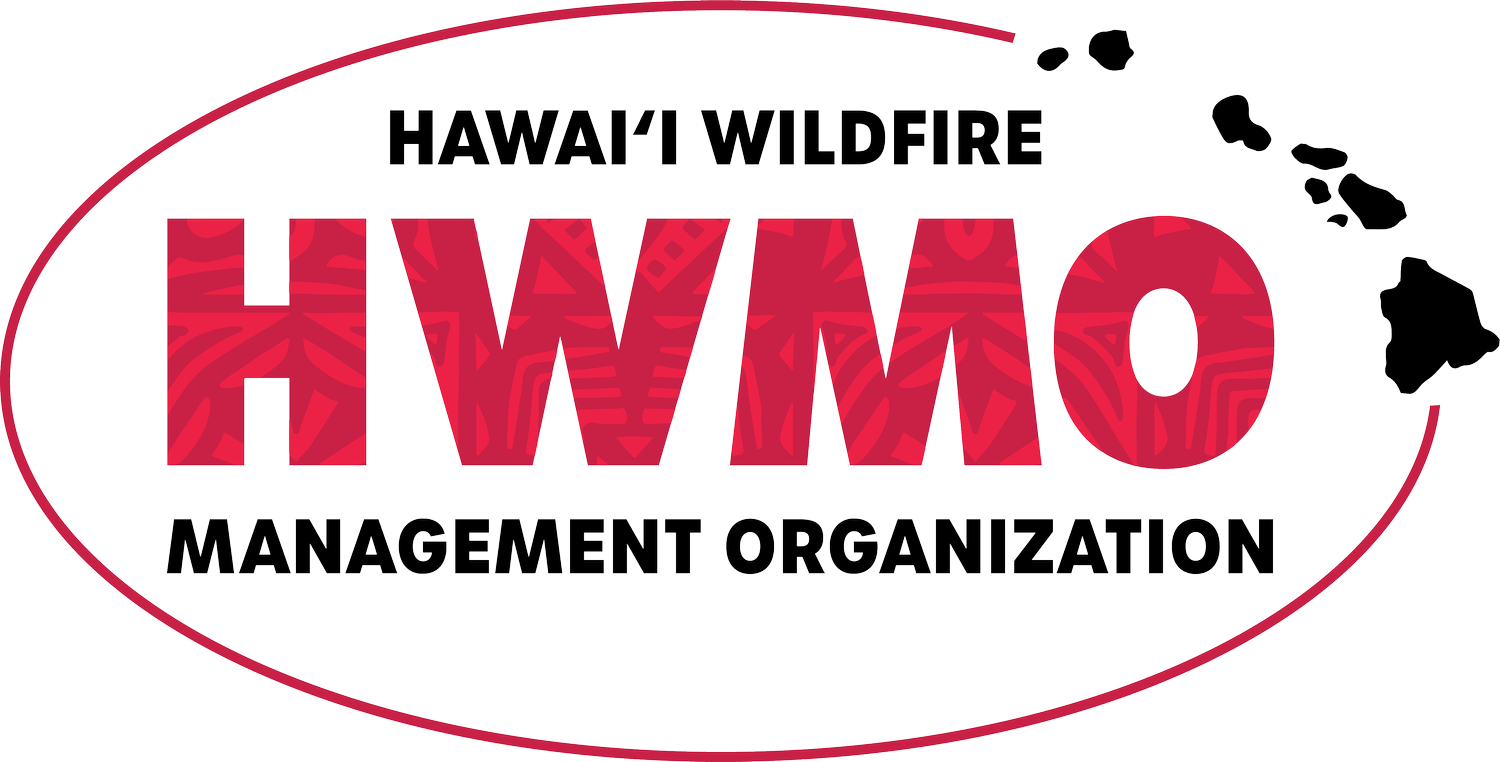Front page headlines!
With the ever-growing problem of wildfires statewide, Hawaii's first responders have faced numerous challenges accessing adequate resources to ensure communities and natural resources are out of harm's way. This is a great article that highlights the underlying issues of wildfire in Hawaii, the current realities of wildfire suppression across the state, and tactics that may help alleviate these issues. The answer: improved resources for wildland firefighting and a focus on pre-fire mitigation.
From the Source:
"Experts say both the frequency and size of wildfires have steadily grown in recent decades as changing weather patterns and invading fire-prone, non-native grasses and shrubs have put Hawaii’s forests and natural areas at greater risk of fire.
Data from a recent Hawaii Wildfire Management Organization study indicate that the average area burned each year in Hawaii has climbed by 400 percent over the past century.
The study also shows that an average of more than 17,000 acres has burned each year over the past decade, with some years exceeding even the most fire-prone Western states.
In fact, a greater percentage of Hawaii is under high risk of wildfire than any of the other 16 westernmost states, according to an assessment by the Council of Western State Foresters."
"Clay Trauernicht, extension fire specialist with the University of Hawaii at Manoa, said the state needs to provide more realistic funding levels to help protect the state’s natural areas in the face of a rapidly growing wildfire threat."
"Cutting firebreaks, reducing vegetation and brush, and working with landowners to provide access for water and vehicles help to minimize the size of fires, their impacts and their potential danger to firefighters, he said."
"Trauernicht said the state should consider establishing a full-time team dedicated solely to wildfires. Not only would it improve the division’s initial response, but the team could also conduct pre- and post-fire activities when not responding to fires, he said."












